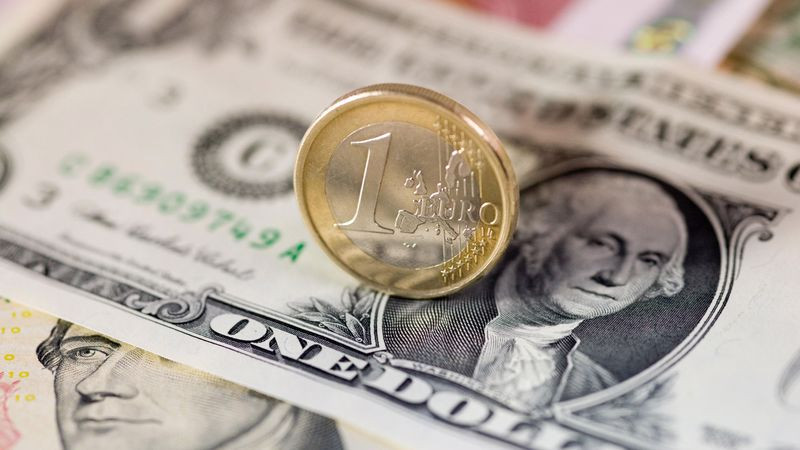
Large-scale fluctuations in global markets observed recently increase the risk of financial collapse, Wall Street analysts warn.
"The speed at which changes are taking place around the world is a "neon swan" that tells us that we are on the verge of a market catastrophe," Nomura strategists believe.
The indicator of tension in the US markets – the Financial stress index (OFR) is near a two-year high – at 3.1.
Meanwhile, volatility in the US debt market, according to Bank of America estimates, has reached its highest level since the unrest caused by the coronavirus pandemic in 2020.
The yield of 10-year treasuries, which is the benchmark for the cost of loans worldwide, has risen this year from about 1.5% to 3.6%, and last week it briefly exceeded the 4% mark for the first time in 12 years.
Analysts at JPMorgan Chase point out that the increase in the OFR index indicates a wider spread of turmoil in financial markets.
Increased concerns are associated with a series of major interest rate hikes by the Federal Reserve to limit inflation. Higher borrowing costs and concerns about slowing economic growth led to a sharp sell-off in the US stock market, while strengthening the US currency to the detriment of global counterparts.
"The Fed held its third consecutive rate hike by 75 basis points in September and made it clear that further significant increases are likely to follow. We believe that high yields in the United States, weak global growth and risk aversion are likely to continue to support the dollar," HSBC analysts said.
MUFG Bank specialists are in solidarity with them. They expect the USD to remain strong, and the US stock market will continue to decline until the end of the year.
"It's like cooking lobsters. You put them in cold water and slowly increase the heat. This is what is happening in the market right now. The Fed is increasing the pressure. But since the market is still overflowing with liquidity, it is not yet clear where the weak link is," MUFG Bank strategists said.
"Since the Fed seems to be indifferent to the strengthening of the USD and the fall in asset prices, it is obvious that it is pleased that the tightening of financial conditions is playing a role in easing inflationary pressures. We expect a further decline in the US stock market before the end of the year. A drop of 30-35% from the record high reached in January is quite possible if the yield of treasuries continues to grow and the strength of the dollar persists. We believe that the strengthening of the greenback will continue during the fourth quarter," they added.
The dollar has grown by more than 16% in 2022. Meanwhile, the US stock market has fallen for three consecutive quarters, which has not happened since 2008. The value of the S&P 500 has collapsed by almost a quarter since the beginning of the year due to investor concern about the rapid increase in interest rates by the Fed and the risks of a recession.
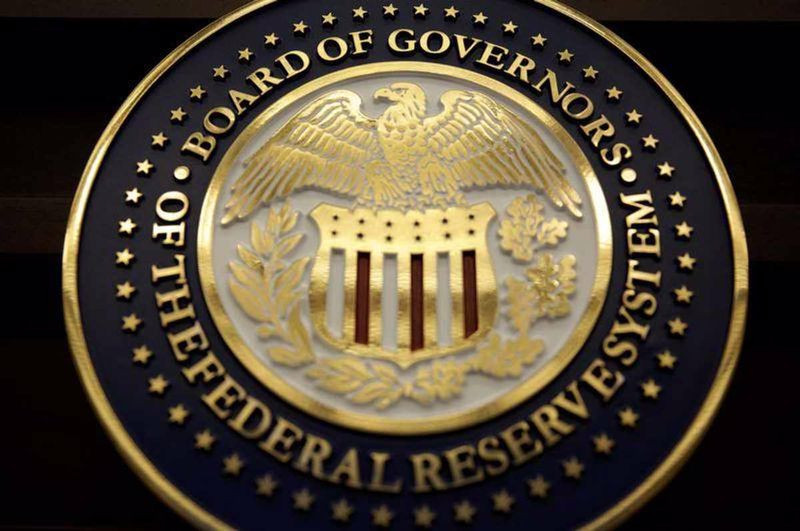
"Fed officials intend to tighten financial conditions, and given the strong position of the American economy, they should use the financing markets as a mechanism for transferring influence. So someone will definitely get hurt. When financial conditions tighten so much, everyone is trying to figure out who or what will force the central bank to retreat," Weiss Multi-Strategy Advisers analysts said.
Although Fed policymakers do not intend to give up on raising rates, they are also monitoring potential risks.
"As monetary policy is being tightened in the world to combat high inflation, it is important to look at how externalities and financial vulnerability in different countries can affect each other. We are attentive to financial vulnerability, which may increase due to additional negative shocks," Fed Vice Chairman Lael Brainard said on Friday.
San Francisco Fed President Mary Daly said on Tuesday that the US central bank is paying attention to the impact of a stronger dollar and higher interest rates in the United States on global growth, because a slowdown in growth abroad may affect the domestic economy.
"If Europe falls into recession, it will be a headwind; if China falters, it will be a headwind for our growth, and we have to take that into account," she said.
According to Daly, the Fed's mandate is to achieve price stability and full employment in the United States, and this is what the central bank is focused on.
The Fed has made it clear that the slowing economy and job growth remain central to its plans to reduce inflation.
However, investors have been increasingly wondering lately whether FOMC officials will move from worrying about inflation and, consequently, aggressive rate hikes to considering slowing economic growth, which will lead to more cautious rate hikes.
"Powell stirred up the markets back in September, as he sought to dispel the market's belief in the Fed's turn in 2023, but his efforts are beginning to look more dubious as the end of the year approaches," Oxford Economics analysts noted.
A string of softer-than-expected US data released earlier this week has raised hopes that the Fed may be wrong and it will have to turn around.
Against this background, investors abandoned the protective dollar and invested in risk-sensitive assets.
As a result, the greenback was under selling pressure. On Monday and Tuesday, it lost almost about 2%, plunging to almost a two-week low in the area of 110 points.
At the same time, Wall Street's key indicators rose significantly, showing the most confident start to the fourth quarter since 1938.
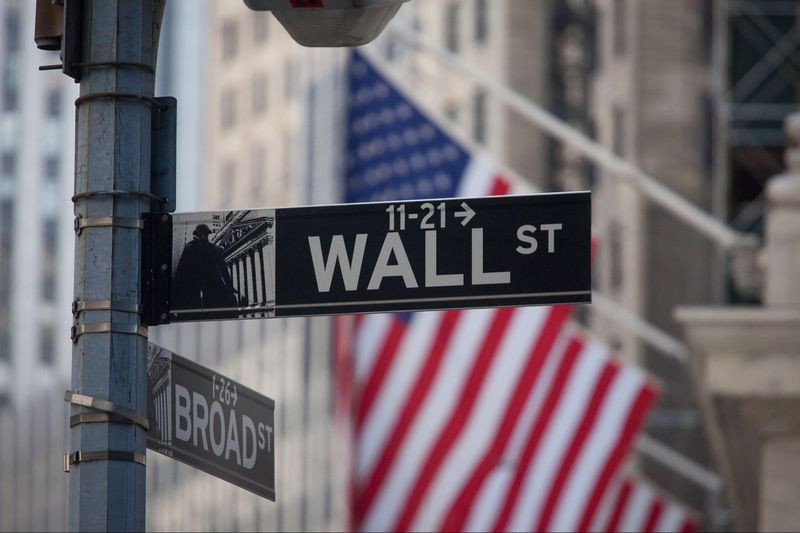
The strong start of US stocks allowed Carson Wealth strategists to assume that October will be the killer of the bear market.
They pointed out that, according to the September survey of sentiment by the American Association of Individual Investors, bearish sentiment was 60.8%. Expectations of a fall in stock prices over the next six months exceeded 60% for the second consecutive week, which is an unprecedented case.
"From the opposite point of view, expectations are quite low, which can trigger a rally on any good news. We think the stock still has a good chance of rising by the end of the year," Carson Wealth analysts said.
They also noted that the market hates uncertainty, and there is plenty of it ahead of the midterm elections in the US, but as soon as the elections are over, stocks historically grow very well.
The S&P 500 rose almost 6% on Monday and Tuesday.
This growth occurred after the index fell by 5.3% in the third quarter and by 9.3% in September.
At the beginning of the week, there was a surge of optimism in global markets caused by weak statistics on the United States, which investors perceived as a signal to ease the monetary policy of the Fed.
However, this optimism did not last long.
On Wednesday, the US stock market ended trading in the red for the first time in three days. In particular, the S&P 500 dropped 0.2% to 3783.28 points.
Meanwhile, the greenback rose by almost 1% against its main competitors, rising to 111.10 points.
More positive than expected US data allowed the dollar to leave behind a two-day losing streak and put pressure on stocks.
According to ADP, the number of jobs in the private sector of the country in September increased by 208,000 compared to August and against the forecast of 200,000.
The index of business activity in the US services sector from ISM in September plunged to 56.7 points compared with 56.9 points a month earlier. Experts expected the indicator to decrease to 56 points.
In addition, the hawkish comments of the Fed representatives revived expectations of another major increase in the key rate by the central bank in November.
Federal funds rate futures estimate the probability of a 75 basis point rate hike at the next FOMC meeting at more than 70%.
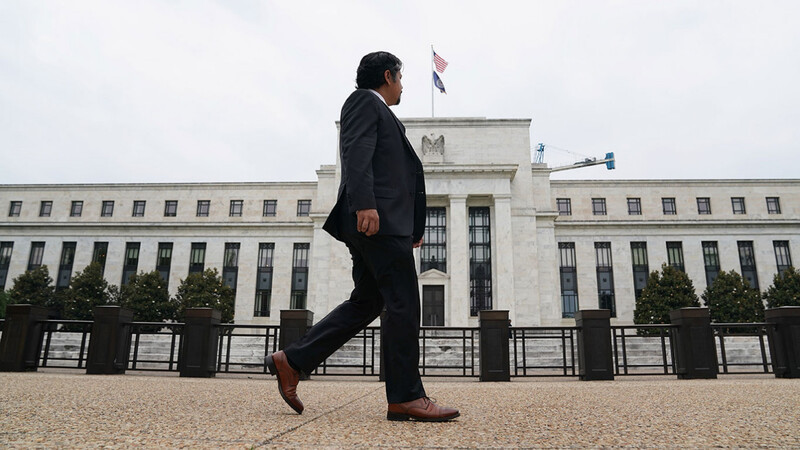
The day before, the head of the Federal Reserve Bank of Atlanta, Rafael Bostic, said that he supports raising the key interest rate in the United States by another 125 basis points by the end of the year, to 4.5%.
Meanwhile, his colleague from the San Francisco Fed, Mary Daly, said that the US central bank should raise the cost of borrowing even higher and keep it at a high level until inflation starts approaching 2%.
The cautious mood in the markets remained on Thursday, and the greenback extended its growth to above 112 points, shrugging off its recent losses.
The main US stock indexes were mostly declining, as investors are waiting for further tightening of the Fed's monetary policy.
"Over the past 24 hours, strong data from the US have rebuffed the dynamics that were observed at the beginning of the week. The strong data gives the Fed more room to raise rates in the coming months," Deutsche Bank strategists said.
Now investors are waiting for key data on the US labor market, which will be published on Friday.
According to forecasts, in September the number of people employed in the non-agricultural sector of the country increased by 250,000.
These data are an important indicator for the Fed when making a rate decision and may have an impact on stock prices and the dollar exchange rate.
There are five scenarios:
1) An increase in the number of jobs within the expectations of 200-300,000 will be seen as a good result, since this would mean slower employment growth in the US, but still a healthy expansion. Investors are likely to sell shares and push the greenback up, albeit moderately.
2) An increase in the number of employed by 100-200,000 will show that the American economy creates jobs at a lower rate than in the era of COVID-19.
In this case, the dollar will fall, while stocks will rise in the hope that the Fed will slow down the pace of tightening and implement a 50 bps rate hike in November. Currently, the odds are tipped in favor of a 75 bps increase.
3) An increase in the number of jobs below 100,000 will cause concern about the health of the American economy, leading to a decrease in the greenback and a rise in stocks. The situation for the USD will worsen if the United States reports job losses, although this is extremely unlikely.
4) An increase in the number of employed by 300-400,000 will provoke a sharp drop in stocks and a new jump in the dollar exchange rate. This would show that the steady trend of job growth continues and that the Fed still has a lot of work to do.
5) An increase in the number of jobs by more than 400,000 will lead to a sharp rise in the greenback and cause a sale of shares.
The dollar and the stock market are set to react to any outcome, but in the current unstable market conditions, the balance of forces is still inclined in favor of the greenback against stocks.
The breakdown of the bullish trend in USD and the steady growth of key Wall Street indicators may occur, perhaps, only if the Fed softens its position. However, this has not been observed yet.
The president of the Federal Reserve Bank of Minneapolis, Neil Kashkari, said on Thursday that the US central bank still has a lot of work to do to reduce inflation, and the central bank is quite far from suspending the aggressive increase in interest rates.
Kashkari also noted that there may be some "cracks" in the financial markets as investors adjust to higher interest rates.
According to him, the bar for the Fed to change its political position and save the markets is very high.
"The hawkish version should prevail against the Fed, which will eventually stop any recovery of risky assets and provide broad support to the dollar," ING analysts believe.
"The Fed's still hawkish stance and the eurozone economy sliding into recession is a bearish cocktail for EUR/USD," they said.
This week, the euro made two attempts to restore parity against the dollar, but they were unsuccessful.
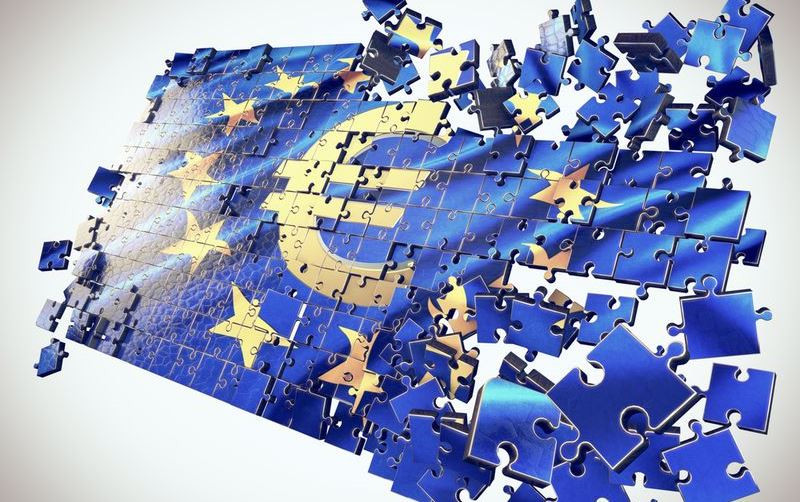
DBS Bank expects that for now the single currency will remain under pressure amid economic problems in the eurozone.
"ECB President Christine Lagarde declined to say whether inflation had peaked and acknowledged that several meetings of rate hikes would be required to curb demand. However, the ECB's tightening comes as Bloomberg's consensus forecast suggests that eurozone real GDP growth will slow to 0% in Q3 2022 (against a rise of 0.7-0.8% in the previous two quarter) and then turn negative in Q4 2022 and Q1 2023. Against this weak background, we see no reason for the euro to rise above parity," bank strategists said.
On September 28, the single currency fell to 20-year lows of $0.9530 before rebounding more than 4%.
However, the euro has since cut that gain, keeping its long-term downward trend intact and suggesting rallies are likely to remain short-lived in nature.
The common currency has recently benefited somewhat from easing concerns about the energy crisis in Europe, analysts at Commerzbank say.
"But optimism waned again when it became known that the member countries of OPEC + voted for a significant reduction in oil production. After a temporary decline, the price of Brent crude oil has resumed its growth in recent days. The European gas price (TTF) also followed an upward trend," they said.
"Rising energy prices are a burden on the euro, especially compared to the dollar, as the eurozone depends on energy imports such as oil or gas and therefore becomes poorer as a result of rising prices, while the US is a major producer and exporter energy carriers and, therefore, can earn higher incomes," added Commerzbank.
"The recent rise in energy prices has had a limited impact on the single currency. However, there is significant risk to the euro exchange rate if the upward trend in energy prices continues. In particular, it will become critical for the EUR if price levels similar to those observed in the middle of the year are reached again," the bank's analysts said.
At the moment, uncertainty about the energy crisis in Europe is likely to remain high, so the EUR/USD pair is likely to trade below parity for some time to come, according to Commerzbank.
The single currency is not particularly cheap, and rising gas prices this winter will put pressure on the euro zone's trade balance. This could see EUR/USD fall towards the lower end of the 0.9000-0.9500 range over the next three to six months ahead of a potential reversal in Q2 2023 if the Fed turns dovish and the eurozone emerges from recession, ING analysts said.
 English
English 
 Русский
Русский Bahasa Indonesia
Bahasa Indonesia Bahasa Malay
Bahasa Malay ไทย
ไทย Español
Español Deutsch
Deutsch Български
Български Français
Français Tiếng Việt
Tiếng Việt 中文
中文 বাংলা
বাংলা हिन्दी
हिन्दी Čeština
Čeština Українська
Українська Română
Română

